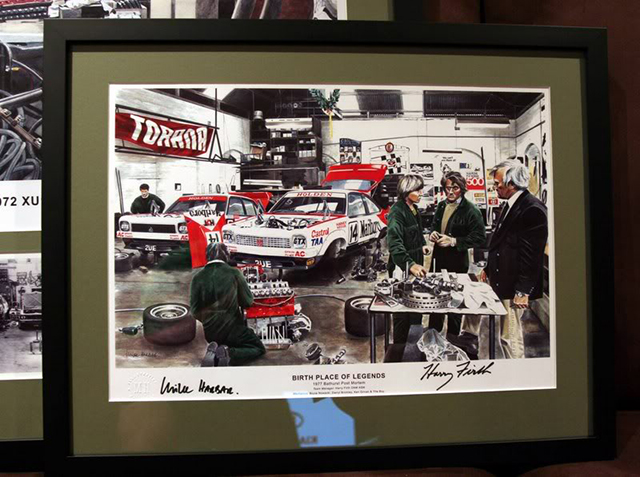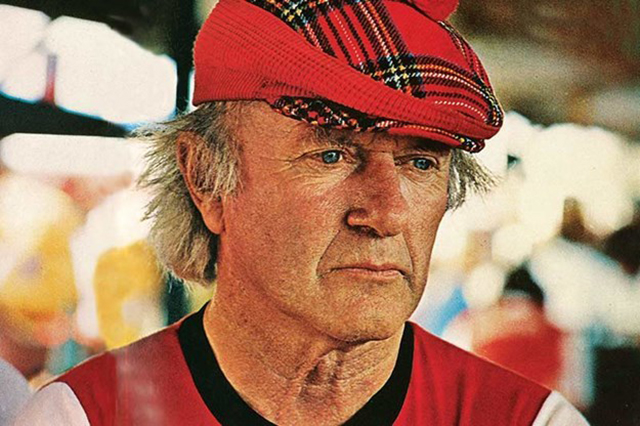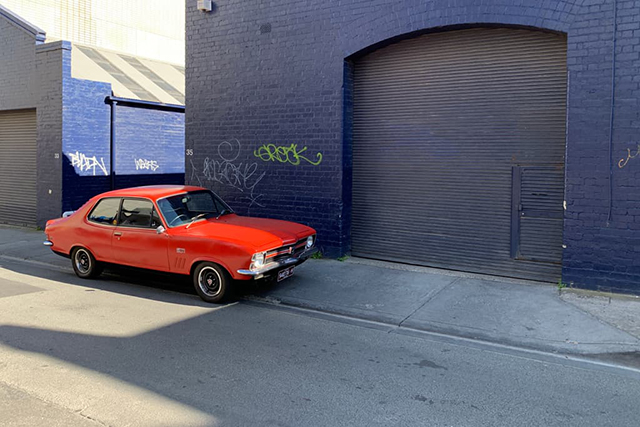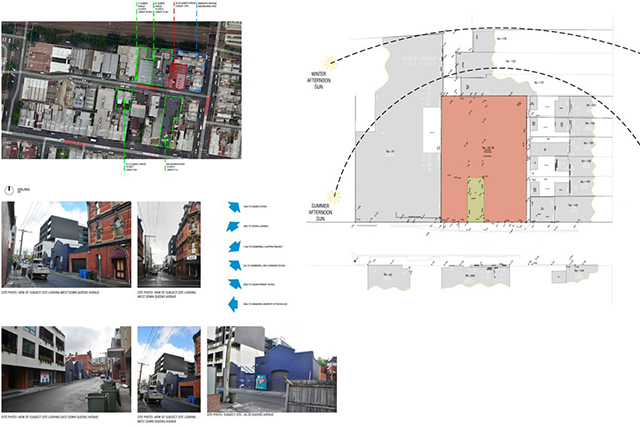
Humanity has a curious habit of removing certain parts of history whilst feting other parts.
HDT, or Holden Dealer Team, were formed and based in Melbourne. The headquarters were in the inner suburb of Hawthorn, at 35 Queens Avenue, and purchased by the man known as “The Silver Fox”, Harry Firth, in the early 1960s whilst working for Ford.

When Holden took advantage of Harry Firth’s availability and knowledge after he was let go by Ford in the latter part of the 1960s, and formed HDT in 1969, a base was needed and this old Cobb and Co. stopping point was quickly transferred to the Red Lion.

Thought to have been built in the 19th century, the building would be home to many of Firth’s creations; from the barnstorming XR GT Falcons and GT500 Cortinas to the thumping GTS Monaros and giant-killing Torana in XU-1 and A9X specifications.


1978 and Firth’s retirement saw ownership of the building transferred to HDT’s Ian Tate. The building of cars would be transferred to a new location, also in 1978, in Chetwynd Street, North Melbourne, the first of a few locations in Melbourne.

Sadly, Tate would foresee the growth of development in the area and sold the building in 2000. He commented at the time: “I reckoned it was going to go sooner or later because the place next door has gone for high-rises or whatever. I hope they keep the façade there at least.”
For history’s sake, the building wasn’t heritage listed, meaning that as no parts of the building were recognised as having any historic significance, and lodgements of documentation to halt the demolishing of the building would be likely to fail.

And so it would come to pass in June of 2020, as the local council permitted a property developer to tear the building down in order to build a six story business building in its place.
Although not seen as, in the eyes of the regulations and guidelines, as a place of historic interest, it’s sad and tragic that this contribution to Australian motoring history could not have been kept in some way.